Politburo member and National Assembly Chairman Tran Thanh Man visited and worked at the Public Administration Service Center of Can Tho city (new), June 30, 2025_Photo: VNA
The role of the National Assembly in building and perfecting the legal system, ensuring strict and consistent implementation, upholding the Constitution and laws, respecting and protecting human rights and citizens' rights
The National Assembly is both the highest state power body and the highest representative body of the people. In the context of the country entering a new stage of development, institutional reform must meet the requirements of national construction and development. This demonstrates the particularly important role of the National Assembly in building and perfecting the legal system, which must be implemented strictly and consistently; upholding the Constitution and the law, respecting, ensuring and effectively protecting human rights and citizens' rights; creating a legal foundation for comprehensive innovation, raising the level of the nation in the new context.
The context of the country moving into a new stage of development requires the formation of appropriate institutions to meet the requirements of national construction and development. Some regulations may be experimental and proactive, with the effect of paving the way and leading change (such as the sandbox form (1) stipulated in a number of recent laws and legal documents).
The Law on Supervisory Activities of the National Assembly and People's Councils, promulgated on November 20, 2015, effective from July 1, 2016, is an important step forward and inherits the legislative results and achievements of supervisory activities of the National Assembly and People's Councils over the years. After 9 years of implementation, the supervisory activities of the National Assembly, National Assembly agencies, National Assembly delegations, National Assembly deputies and People's Councils have achieved many important results; however, there are still some limitations and shortcomings. Resolution No. 27-NQ/TW, dated November 9, 2022, of the 6th Conference of the 13th Central Committee, on continuing to build and perfect the socialist rule-of-law State of Vietnam in the new period (hereinafter referred to as Resolution No. 27-NQ/TW) has identified the task of continuing to innovate the organization and improve the quality of activities of the National Assembly, including continuing to research to more clearly define the scope, objects, methods, and forms of supreme supervision of the National Assembly in accordance with reality; improving the quality of questioning, explaining, and supervising legal documents, focusing on monitoring, reviewing, and urging the implementation of recommendations after supervision; strictly implementing the National Assembly's vote of confidence...
The need for innovation in thinking and new approaches to the National Assembly's supreme supervisory activities in the new context
In the current process of institutional innovation, the following prominent changes not only require adjustments in legislative techniques, but also suggest new thinking and approaches to the National Assembly's supreme supervisory activities.
One is, strong institutional change
Currently, we are implementing a revolution in streamlining the organizational apparatus; new provinces and cities have been formed, no district-level administrative units have been organized, and a two-level local government model has been implemented. The transition from a three-level local government model to a two-level local government model is comprehensively changing the way the state apparatus is organized. Designed based on the three-level local government model, the current Law on Supervisory Activities of the National Assembly and People's Councils is no longer suitable for the current context. If the supervisory mindset is not redesigned, an uncontrolled power vacuum will appear.
Second, real-time administrative operations, digital data
By 2024, 100% of ministries and branches have integrated and shared administrative data through the national data integration and sharing platform; more than 80% of common administrative procedures are performed online (2) . However, information to the National Assembly and People's Councils at all levels still mainly relies on paper reports, periodic summary information and lack of immediate access to the government's operational database. Therefore, it reduces the timeliness of information, reduces the ability to forecast, the ability to detect bottlenecks, and is not adapted to the new context - the context of innovation and digital transformation. This partly affects the quality of "post-audit" supervision (inspection after the policy has been implemented), reducing the ability to keep up with changes in practice. From there, it raises the requirement to keep up with the requirements of practice associated with "real-time" supervision to strengthen the supreme supervisory role of the National Assembly in the new situation.
Third, Diversifying the subjects participating in the policy operation process and contributing opinions in the policy planning and operation process
In addition to the traditional monitoring channel, social organizations and people are now able to participate in the process of contributing opinions to policy planning and operation through information disclosure, direct questioning, and public criticism on digital platforms. This mechanism is operating faster, more multi-dimensionally, and is not dependent on the traditional monitoring channel, posing policy requirements when it is necessary to integrate participation, diversify subjects participating in the policy operation process, and contribute opinions during the policy planning and operation process. This also demonstrates adherence to the spirit of Resolution No. 27-NQ/TW on continuing to specify, institutionalize, perfect, and well implement the mechanism of "Party leadership, State management, People mastery" and the motto "people know, people discuss, people do, people inspect, people supervise, people benefit".
Supreme supervision activities in the new context - issues raised in promoting democracy, rule of law, modernity, professionalism, science , publicity, transparency, effectiveness and efficiency in the organization and operation of the National Assembly
In the context of the revolution in streamlining the organizational apparatus, the whole country is preparing to enter a new era, closely following the spirit of Resolution No. 27-NQ/TW, which orients the promotion of democracy, rule of law, modernity, professionalism, science, publicity, transparency, effectiveness and efficiency in organization and operation, ensuring that the National Assembly performs well its legislative function, decides on important issues of the country, and exercises supreme supervision over the activities of the State. This requires a new approach to ensuring modernity, professionalism, science, publicity, transparency, effectiveness and efficiency in the organization and operation of the National Assembly. Regarding supervision activities, a new mindset and approach should be formed, according to which supervision not only ensures compliance with the Constitution, laws and resolutions of the National Assembly; supreme supervision of the activities of important agencies in the state apparatus (3) , and supervision to more clearly affirm the role of the highest state power agency, the highest representative agency of the people.
The pillars of congressional oversight in the new context should include:
First, monitoring to build adaptive capacity and policy operation
Instead of approaching supervision as a post-audit method, modern supervision must aim to improve the capacity to adapt and operate policies. In the context of the Government facing challenges in the economy, environment, health, etc., the ability to respond promptly to policies is a vital factor for the state apparatus. If the National Assembly reshapes supreme supervision as a tool to detect potential problems in policy operation early (early warning system), it will help reduce policy lag and prevent unwanted fluctuations from policy operation. For example, monitoring gasoline prices or regulating electricity, if done based on real-time operating data, will help the National Assembly to warn promptly and propose early intervention, instead of waiting until the mid-year session to question.
Second, data monitoring
The digital age makes building a data monitoring ecosystem an indispensable pillar of the current monitoring model. Data monitoring will help improve the reliability of monitoring conclusions, while minimizing unfocused debate and formality in questioning sessions. In addition, data monitoring also helps the National Assembly accompany relevant subjects throughout the process, not just the results of public service activities. For example, if it is possible to monitor online the progress of public investment disbursement for each project, National Assembly deputies are able to identify bottlenecks in policy implementation and the actual causes. This factor also helps to promote the central role of National Assembly deputies in the spirit of Resolution No. 27-NQ/TW. This model has been successfully applied in many countries, such as Korea, Estonia, etc.
Third, co-creation monitoring
The supreme oversight mindset should not be designed to only detect policy bottlenecks, but the supreme oversight process should act as an early feedback loop for the legislative and executive agencies to jointly perfect policies before they officially operate or during the policy operation. The co-creation model will increase initiative and cooperation in the political system. Pre-law hearings, thematic policy dialogues or suggestions for building action programs are mechanisms that can be institutionalized. Instead of only focusing on detecting policy bottlenecks, the National Assembly will work with the Government to solve the problem. In Vietnam, this model has emerged, such as thematic explanation sessions of National Assembly Committees or meetings between the People's Aspirations Committee and ministries and branches. However, if not clearly legalized, this model will remain arbitrary and not fully exploit its potential.
Fourth, multi-subject monitoring, integrating social monitoring
Modern supervision philosophy cannot lack the recognition and integration of the participation of non-state entities. The media, social-professional organizations, expert communities, people... are huge resources for detecting policy issues and policy criticism. When the law allows and clearly stipulates the mechanism for receiving, processing, analyzing and responding to information from society, it will open a channel to mobilize non-state resources to serve more effectively the supreme supervision activities of the National Assembly. This approach will help supreme supervision have a wider, deeper and more substantial coverage. For example, if the National Assembly deploys an online supervision portal, allowing people to evaluate the quality of public services, report "hot" issues by topic and integrate artificial intelligence to analyze trends, the selection of supervision topics will be more practical. Practices in the Organization for Economic Cooperation and Development (OECD) countries show the popularity of operating online supervision (4) .
The National Assembly's supervision delegation led by Comrade Le Minh Hoan, member of the Party Central Committee and Vice Chairman of the National Assembly, supervises the implementation of policies and laws on environmental protection in Ho Chi Minh City (In photo: The supervision delegation surveys the waste treatment facility at the Nam Binh Duong Waste Treatment Complex, July 24, 2025)_Photo: VNA
Law on Supervisory Activities of the National Assembly and People's Councils from the perspective of forming new thinking and approaches
From the perspective of forming a new mindset and approach, the Law on Supervisory Activities of the National Assembly and People's Councils needs to closely follow the spirit of Resolution No. 27-NQ/TW. Accordingly, the National Assembly's supreme supervisory activities must aim to contribute to forming a complete legal system, implemented strictly and consistently; upholding the Constitution and the law, respecting, ensuring and effectively protecting human rights and civil rights. From the perspective of forming a new mindset and approach, the National Assembly's supervisory activities in the coming time need to be focused on and improved from the following perspectives:
First, build a new legislative reference system: supervision for creation.
Moving towards a new approach to oversight (not only to detect policy bottlenecks, but also to build adaptive capacity and serve the people) will change the way we think about the policy process throughout the system. This approach creates a perception of oversight as a channel to improve the quality of executive management. This will encourage government agencies to proactively share information and coordinate feedback with the National Assembly, thereby increasing transparency and efficiency of management. Moreover, this new frame of reference will create the foundation for a more flexible legal environment, where the law not only deals with and solves current problems, but proactively guides the future.
Second, clearly define the right to access and use digital data for monitoring.
In the digital age, monitoring through real-time data will end the situation of monitoring not being as effective as expected, reducing the situation of policies being adjusted after implementation. Giving access to executive data to National Assembly and People's Council deputies will help monitoring become faster, more accurate, and based on objective evidence. This also contributes to improving the legislative role of the National Assembly, because deputies will have a complete database to evaluate policies. Experience from Estonia and South Korea shows that integrating open data has contributed to improving the quality of policy criticism in parliament, reducing the response time of ministries and branches by 23% (5) .
Third, establish a monitoring process according to the policy cycle.
Currently, monitoring activities mainly focus on post-auditing. However, if monitoring is expanded to cover the entire policy cycle, the National Assembly can intervene early and promptly adjust inappropriate regulations and processes right from the policy design stage. This approach not only helps policies reflect social needs, but also increases feasibility, thanks to the accompaniment of the monitoring agency from the beginning. A study by the United Nations Development Programme (UNDP) in 2023 showed that countries applying full-cycle monitoring have a 30% lower rate of policy adjustments after implementation than countries that only conduct post-audit monitoring (6) .
Fourth, integrating social supervision into state supervision.
Integrating social monitoring channels, such as the press, social networks, and professional organizations, will increase the effectiveness of multi-dimensional monitoring, helping the National Assembly promptly grasp the "hot spots" of social life. Moreover, this mechanism is also a measure to strengthen direct democracy, promoting people's participation in public administration. For example, if the "digital feedback" mechanism is deployed synchronously on the national digital platform, it can become a channel for widespread policy criticism, creating a source of quantitative data for the National Assembly to use in selecting thematic monitoring content. This also increases the accountability of ministries and branches to the public.
Fifth, gradually form a post-control tool that has deterrent effects and creates development motivation.
Aiming to improve transparency and accountability of executive agencies in implementing supreme supervision activities in the spirit of Resolution No. 27-NQ/TW, building an appropriate mechanism to record progress in the process of improving policy quality in the spirit of co-creative supervision will better promote the effectiveness of supreme supervision, as well as the effectiveness of coordination between state agencies. Scoring ministries and branches based on monitoring results similar to the PAPI rankings for local governments can promote healthy competition between units, towards an effective administration. Piloting in some localities, such as Quang Ninh and Da Nang, shows that units that are periodically scored have a 12-15% increase in task completion rate compared to units that are not publicly evaluated (7) .
Approached from the perspective of forming new thinking and approaches, the Law on Supervisory Activities of the National Assembly and People's Councils will become a catalyst for changes in the organization and operation of the state apparatus, contributing to reshaping the relationship between legislative and executive agencies, between the State and society. From the perspective of legislative techniques, the National Assembly needs to initiate new values: bringing future thinking into current norms; both to overcome the situation of laws following practice and to move towards effective operation in practice. It is there that the creative role of the National Assembly is affirmed as a center of intelligence, political mettle and national vision in terms of institutions./.
----------------------
(1) In the legal field, sandbox (full name is regulatory sandbox) is understood as creating a favorable space with a separate legal framework to conduct creative and innovative startup experiments.
(2) See: Ministry of Information and Communications, Vietnam Digital Transformation White Paper, Information and Communications Publishing House, Hanoi, 2024
(3) According to the 2013 Constitution, the National Assembly exercises supreme supervision over the activities of the President, the National Assembly Standing Committee, the Government, the Prime Minister, Ministers, other members of the Government, the Supreme People's Court, the Supreme People's Procuracy, the National Election Council, the State Audit Office and other agencies established by the National Assembly; exercises supreme supervision over legal documents of the President, the National Assembly Standing Committee, the Government, the Prime Minister, the Council of Judges of the Supreme People's Court, the Chief Justice of the Supreme People's Court, the Chief Prosecutor of the Supreme People's Procuracy, and the State Auditor General; supreme supervision of joint resolutions between the Standing Committee of the National Assembly or the Government and the Presidium of the Central Committee of the Vietnam Fatherland Front, joint circulars between the Chief Justice of the Supreme People's Court and the Chief Prosecutor of the Supreme People's Procuracy, joint circulars between Ministers, Heads of ministerial-level agencies and the Chief Justice of the Supreme People's Court, the Chief Prosecutor of the Supreme People's Procuracy
(4) See: Organization for Economic Cooperation and Development (OECD): Innovative Citizen Participation and New Democratic Institutions: Catching the Deliberative Wave, OECD Publishing, Paris, 2021
(5) See: “X-Road: the backbone of e-Estonia”, Estonian Government, https://e-estonia.com/solutions/interoperability-services/x-road/
(6) See: United Nations Development Programme (UNDP): “Governance Reform and Adaptive Policymaking”, UNDP Global Policy Network, 2023
(7) See: Ministry of Home Affairs: Summary Report on the model for evaluating the effectiveness of administrative activities in some localities, Hanoi, 2023
Source: https://tapchicongsan.org.vn/web/guest/chinh-tri-xay-dung-dang/-/2018/1130902/tiep-tuc-nang-cao-chat-luong%2C-hieu-qua-hoat-dong-giam-sat-toi-cao-cua-quoc-hoi%2C-huong-toi-giam-sat-de-kien-tao-phat-trien.aspx


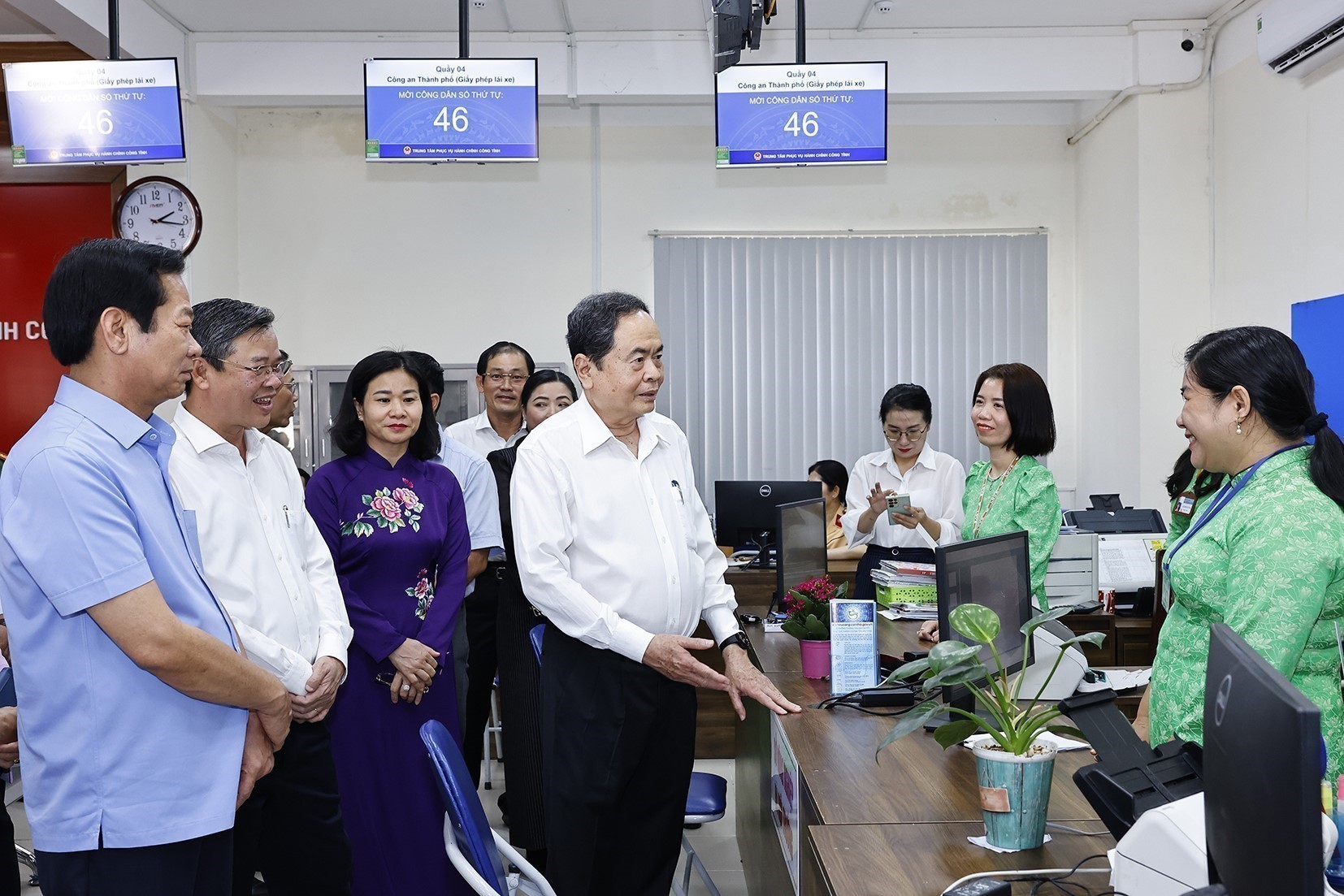
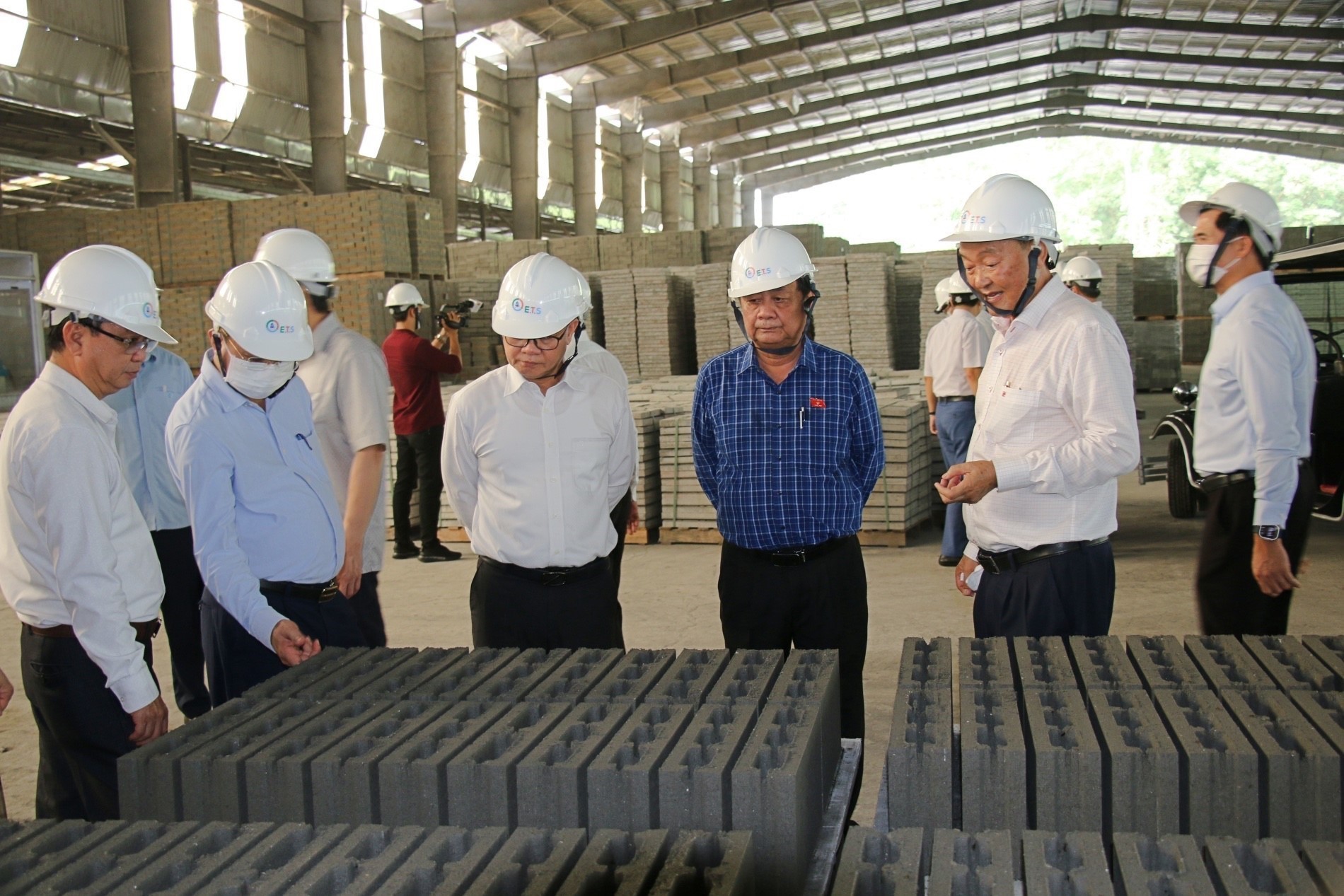


![[Photo] Students of Binh Minh Primary School enjoy the full moon festival, receiving the joys of childhood](https://vphoto.vietnam.vn/thumb/1200x675/vietnam/resource/IMAGE/2025/10/3/8cf8abef22fe4471be400a818912cb85)
![[Photo] Prime Minister Pham Minh Chinh chairs meeting to deploy overcoming consequences of storm No. 10](https://vphoto.vietnam.vn/thumb/1200x675/vietnam/resource/IMAGE/2025/10/3/544f420dcc844463898fcbef46247d16)


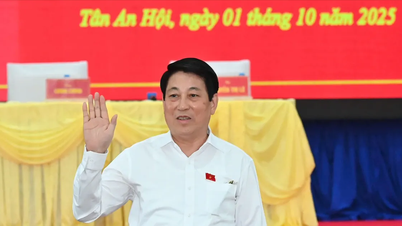

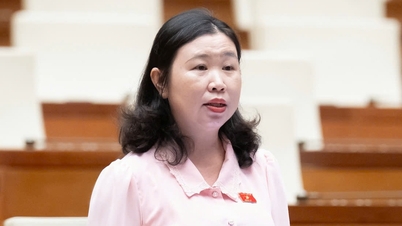

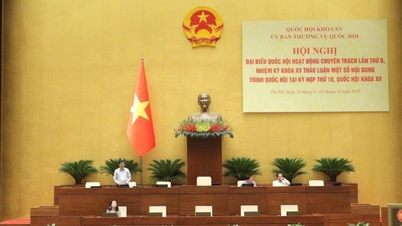



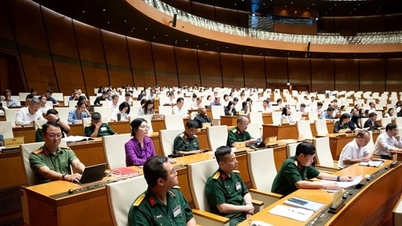

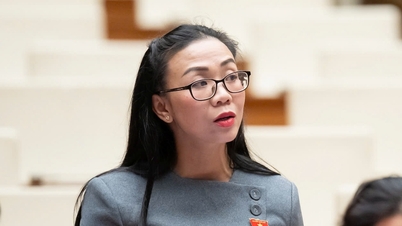
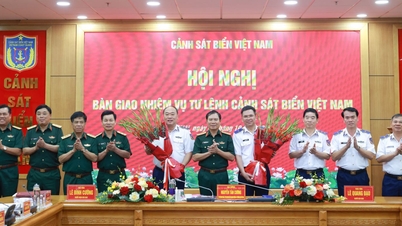

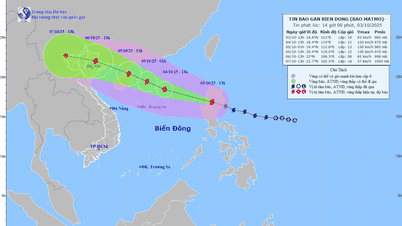
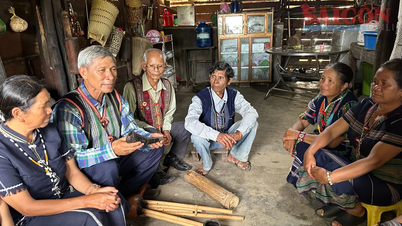
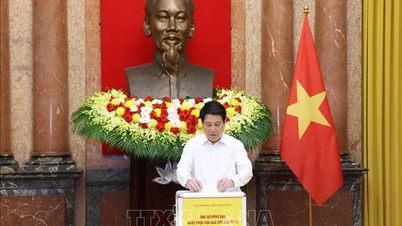


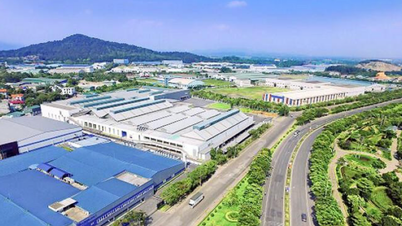




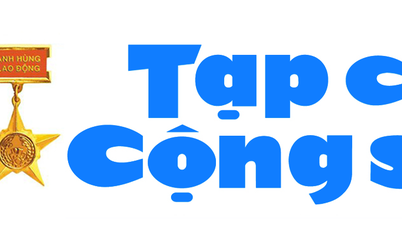















































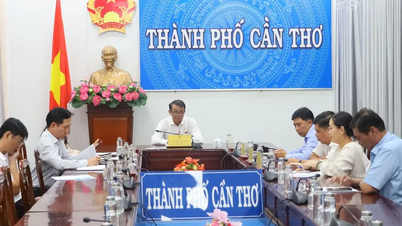





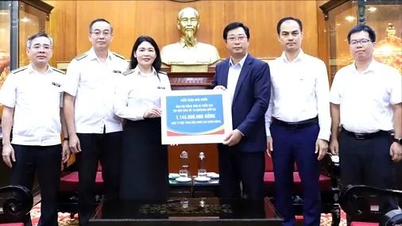
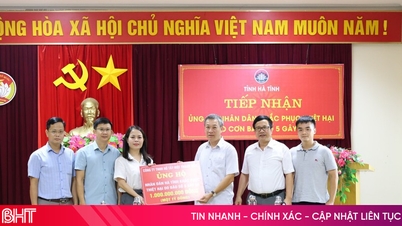

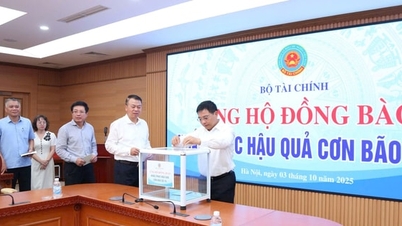












Comment (0)